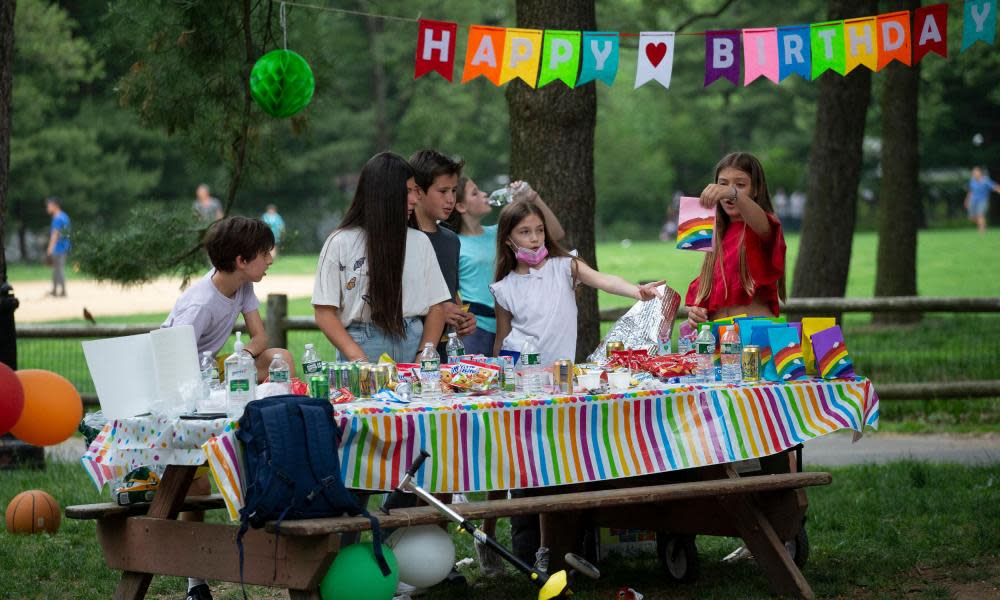Birthdays linked to spread of Covid in areas with high transmission

Households with recent birthdays were more likely to test positive with Covid in areas with high infection rates, according to an analysis of nearly 3m homes in the US.
The study, which emanates from health insurance claims data collected in the first 45 weeks of 2020 across the country, was designed to assess the potential risk of small gatherings on the spread of Covid-19.
The analysis showed that in places with low Covid prevalence, there was no evidence of any increased rate of infection in the weeks following birthdays.
But, in areas where the virus was circulating in the community, households with recent birthdays were roughly 30% more likely to have a Covid diagnosis, compared with households with no birthdays.
In other words, in counties with high Covid transmission, households with recent birthdays averaged 8.6 more cases for every 10,000 individuals than households in the same counties without a birthday.
But the effect was even sharper when it was a child with a birthday – with an increase in Covid cases of 15.8 for every 10,000 persons in the two weeks following a child’s birthday, compared with cases in families without a birthday. In households with an adult birthday, the increase was 5.8 additional cases for every 10,000, according to the study published in the journal JAMA Internal Medicine.
The authors focused on birthdays as it was one of the key bits of information that can be gleaned from insurance claim data, and because it is an event where people could potentially break with Covid policies about meeting other people indoors, suggested the study’s author Anupam Jena, a physician and associate professor of healthcare policy at Harvard Medical School.
Complicating the picture is that the US response to the threat of the virus that causes Covid-19 has not been uniform across the country, with a patchwork set of restrictions and mask-wearing policies being imposed (and relieved) at local, regional, and state levels, complicated further by differences in socio-economic, political, occupational and ethnic diversity.
But as lead author Dr Christopher Whaley, a policy researcher at the Rand Corp, pointed out: “Everyone has a birthday at some point in the year.”
The authors acknowledged that they did not know whether households had celebrated birthdays, but that birth dates were used as a proxy for social gatherings and in-person festivities.
In areas where there were shelter-in-place [stay at home] policies, Jena said they expected there would be no “birthday effect”. However, the analysis suggested that even in such areas, the birthday effect was in line with places without such policies.
“It certainly does suggest that people weren’t adhering to the shelter-in-place policies for this particular type of event.”
The analysis also highlights that many shelter-in-place orders were targeted towards formal large gatherings, noted Whaley. “I think it’s just natural to not think that your family or friends could transmit a horrible disease to you, and so maybe you let your guard down a little bit.”

 Yahoo Movies
Yahoo Movies 
